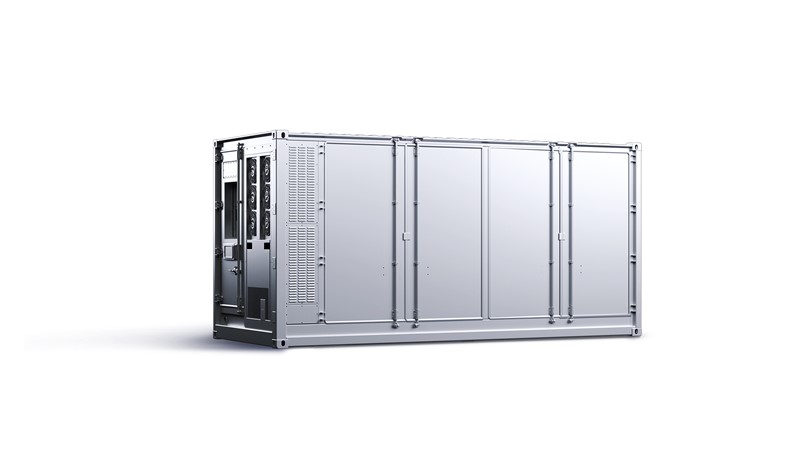CATL, the leading manufacturer of lithium-ion batteries, has made a significant return to the spotlight within the stationary Energy Storage sector with the introduction of its new product, TENER. This system has been touted as an innovative solution within the energy storage landscape.
Let’s delve into the details to understand what it is and its novelty :
- TENER achieves 6.25 MWh of energy storage in a standard 20-foot container, translating to an exceptional energy density of 420 kWh/m2. Energy density remains a crucial parameter for evaluating storage systems for many, especially when the footprint is a significant cost factor in storage projects, thus making density a preferred metric. The industry has leaned towards the 20-foot container paradigm, where increased density translates to fewer containers, more rational construction, and reduced system costs (BoP) for equivalent volumes.
- Lithium-ion batteries inherently degrade due to their electrochemical nature, both chronologically and through charge and discharge cycles. The absence of degradation in the first five years might appear more as a marketing strategy than a true technological innovation. However, it’s possible that CATL has found a key to prevent battery degradation. Behind the facade, the reality could be different: a concealed over-sizing. Remember: [Effective Capacity @BOL = SOH (@BOL) * (SocMax-Socmin)*Nominal Capacity]. CATL might market a battery with an initial effective capacity (BOL) higher than 6.25 MWh (e.g., 7.3 MWh, with 15% degradation at 5th year, 1 cycle/d), and resort to BMS to limit the range of SOC available, extending it alongside tension limits, both lower and higher, to compensate for battery degradation. This stabilizes the effective capacity at 6.25 MWh in the first five years. This implies that the real effective capacity could be quite different from what BMS data shows: starting with an effective capacity over 100% relative to the declared Ah, initially limiting access to the extra effective capacity available.
- CATL has announced that TENER is equipped with cells designed to ensure no degradation, specifically designed for stationary storage systems, with an energy density of 430 Wh/L. However, compared to EnerC+ cells (306Ah*3.2V= 979.2Wh), which are smaller in size, they offer a lower volumetric energy density (380 Wh/L). This implies TENER will need to incorporate a larger number of cells than EnerC+ (currently 4160 cells). As a result, the weight of TENER could significantly exceed 36 tons, a factor that requires careful consideration during transport and installation phases.
- The distinction between the nominal capacity and the actual usable effective capacity (6.25MWh) of the TENER container remains to be clarified. This differentiation is crucial for investors to evaluate applicability and for the financial modeling of CATL’s proposed solution.
Comments are closed.

